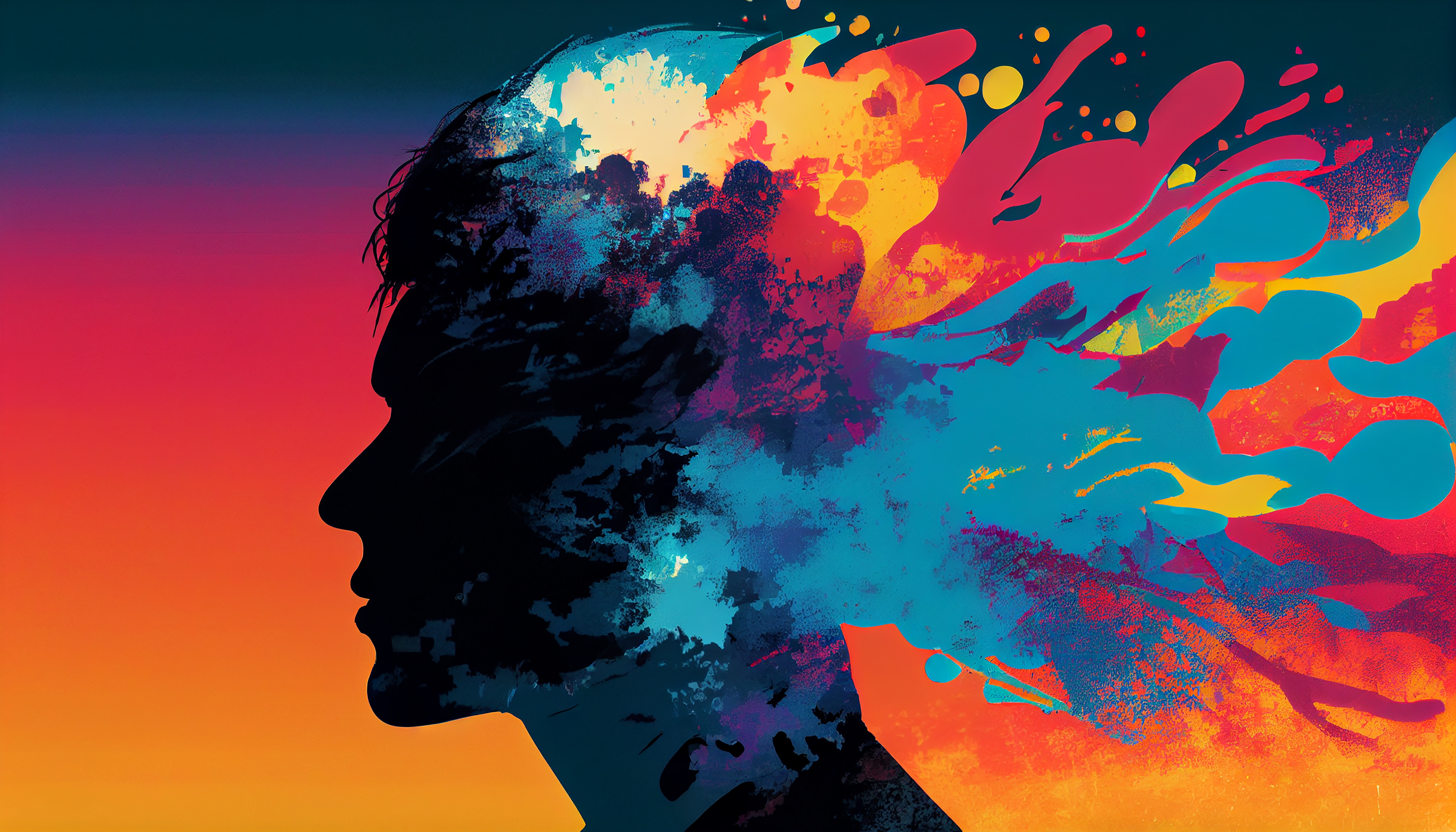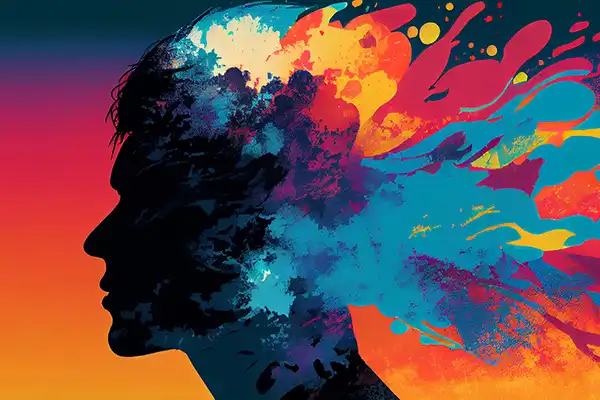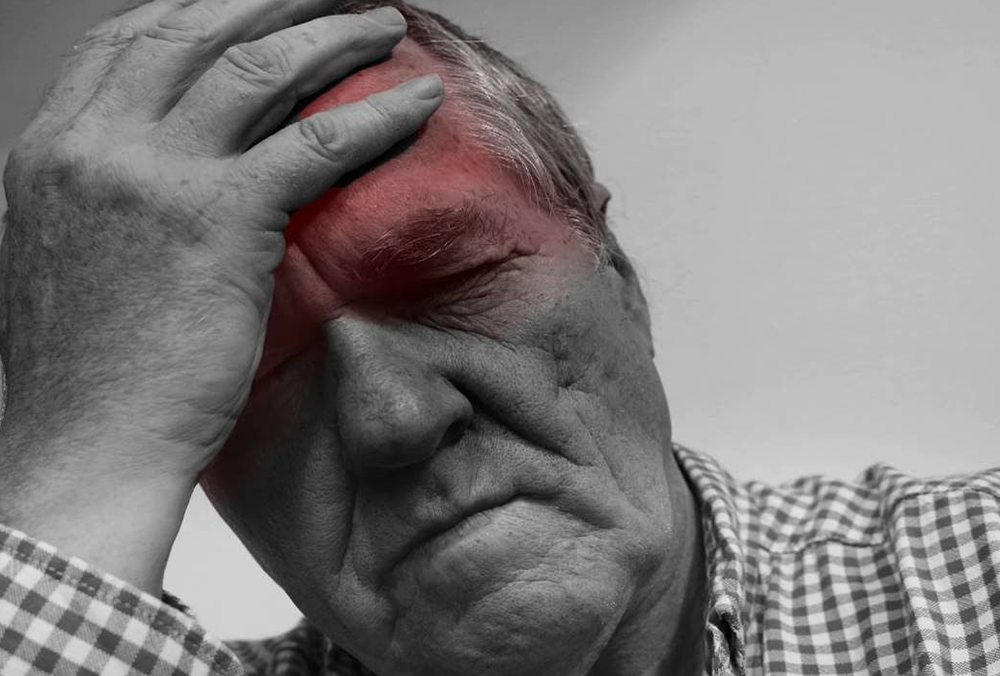

Activities
Our Blogs

Pain Really Is All In Our Head
Pain and the brain
The ancients didn’t think much of the brain. The Egyptians routinely scooped out the brain during mummification, and the Greeks thought that the heart was the seat of intelligence. In fact, Aristotle thought that the brain acted as a radiator to cool off things when our thoughts and emotions gets a bit heated. For long the brain remained a blackbox, with not much known about its internal workings. The phenomenal advances in modern medicine has helped us, to a great extent, understand its structure. Neuroimaging technology has further raised the game, where we can now have a sneak peek at how the brain functions.
Hurt and harm
Our brain might be working fantastically well… beautiful ideas might be taking shape… which would perhaps coalesce to change the world… and one might even start feeling like a genius. But which body part of ours tells us about our brain’s intellectual brilliance? Think about it! It is a sobering reality. Painful even. Speaking of which, the brain by itself is insensitive to pain, and surgeries in the brain could be carried out without us feeling a thing. In contrast, the lived experience of a finger caught in the door could be quite painful. Where is this pain felt? The hurt is in the finger. The harm, however, is in the brain. Pain is a very personal experience that resides in our brain, and the brain in turn plays a crucial role in how our pain is perceived.
Pain experience
Pain has profound effects on our brain. Following injury, our nervous system’s super highways carry the information as electrical impulses to the brain’s cortex – the part of the brain that decides on what to do with the pain signal. Invariably, it is passed on via brain circuits to various areas of our brain referred to as the ‘pain matrix,’ which locates where the pain is originating from and decides on the degree of its unpleasantness. This then makes us sweat and swear, shake the hand vigorously, put the finger in the mouth, get cranky, lose focus and control, and generally suffer.
The brain’s response to pain
This is because pain hijacks the areas of our brain which helps us concentrate, control our emotions and modulate our mood. The brain, in turn, launches a powerful response by producing chemicals such as cannabis and endorphins to dampen down these signals. In other words, our brain could manipulate how much and what kind of unpleasantness it is ready to receive – like turning up the volume in the FM for our favourite song and turning it down when those pesky advertisements blare out. It is also now known that these brain super-highways could learn and adapt and are not hard-wired, which means our previous experiences can and do alter later pain perceptions. We get a bit more cautious when closing that door again.
Persistent pain and the brain
When pain is persistent, like longstanding back or neck pain, there is a constant barrage of signals reaching our brain leading to structural changes in the brain. The part of the brain called the grey matter shrinks, and the part called the white matter loses its covering and connectivity. This could result in loss of memory, emotional problems and decreased cognitive functioning. Pain, in addition, activates the immune cells in our brain that turns off the release of dopamine – a chemical that controls the pleasure and reward centres in our brain. This contributes to the depression, anxiety, frustration and loss of motivation that accompanies persistent pain. In certain conditions like diabetic nerve damage pain, the brain becomes sensitive to an extent that simple touch is interpreted as pain leading to ongoing misery. In certain other conditions like phantom limb pain, individuals experience pain following amputation in the missing body part, leading to anxiety and confusion.
Yoga and meditation
By analysing the changes in our brain we are now beginning to understand the struggles of a persistent pain sufferer. In the future we might be able to target specific areas in the brain to achieve pain control in such vulnerable individuals. There is now compelling scientific evidence that mind-body techniques like yoga and meditation could counteract the brain anatomy effects of persistent pain. Yoga practitioners, for instance, were found to have more grey matter and better pain tolerance compared with non-practitioners. We might be the lucky inhabitants of spaceship Earth at a time when we could draw on ancient practices like yoga and meditation as well as on modern clinical research.


 Prev
Prev



